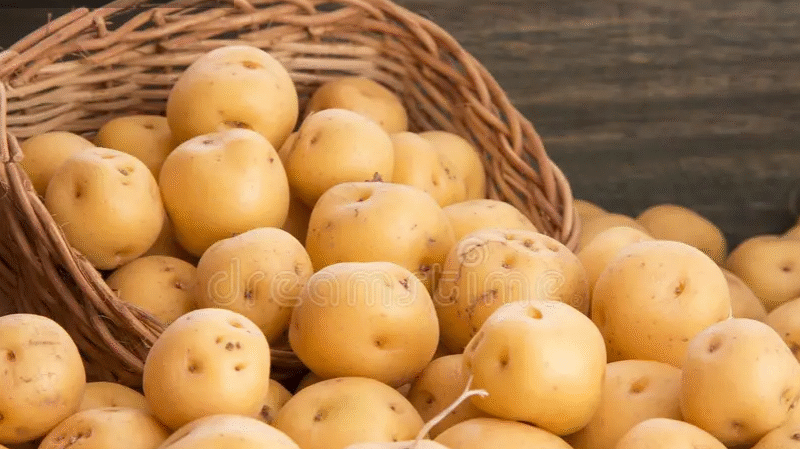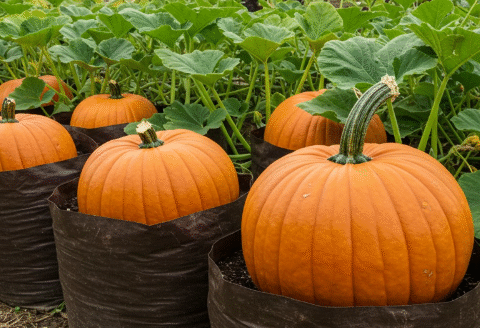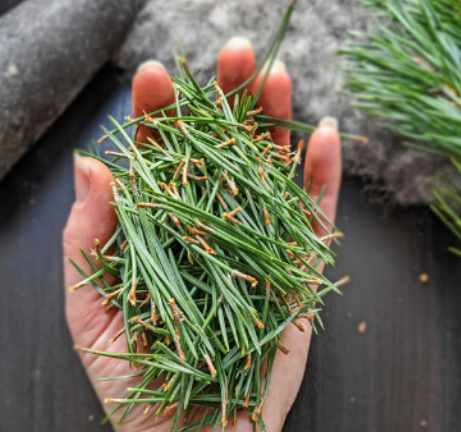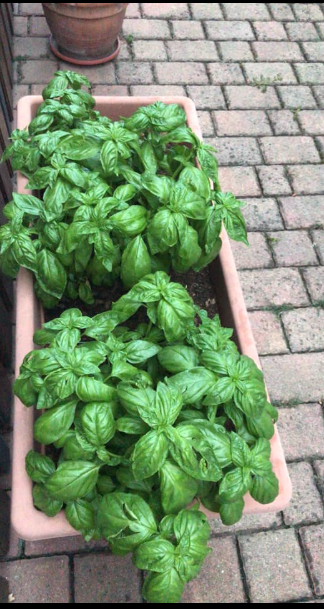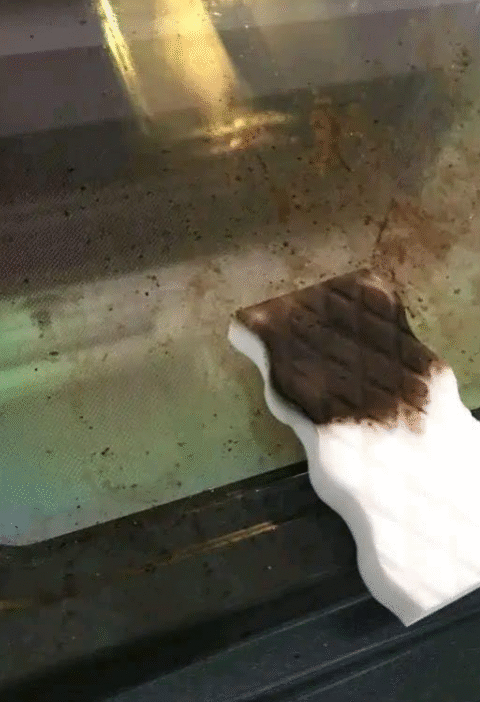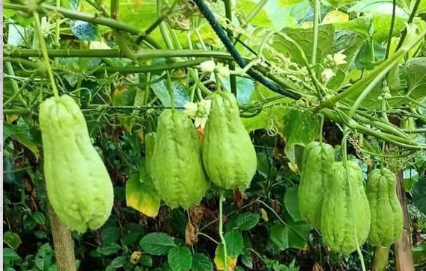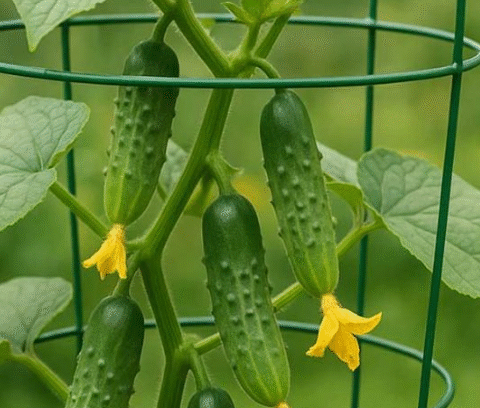🥔 How to Grow Potatoes in Plastic Containers: Big Harvests with Minimal Soil
Think you need a sprawling backyard to grow potatoes? Think again! With the right technique, you can harvest an abundance of large, healthy tubers from just a few recycled plastic containers — even if you live in an apartment with only a balcony or small patio. In this complete guide, you’ll learn exactly how to grow potatoes in plastic containers, why this method is so efficient, and how to maximize your yield using minimal soil.
🌟 Why Use Plastic Containers for Potato Growing?
1. Space-Saving & Portable
Plastic containers fit perfectly in small spaces like balconies, patios, and terraces. They’re lightweight and easy to move for better sunlight or protection from extreme weather.
2. Better Soil Control
Unlike ground planting, containers let you control the soil mix completely, preventing compacted soil and ensuring perfect drainage for healthy root and tuber development.
3. Reduced Pest & Disease Risk
Growing in containers keeps tubers away from common soil-borne diseases, nematodes, and pests like wireworms. Plus, you can easily monitor plant health and react quickly to problems.
4. Easier Harvesting
Instead of digging, simply tip over the container and collect your potatoes — no tools, no damage to the crop, and no muddy mess.
Expert Insight – Prof. Mark Benson, Urban Horticulture Specialist: “Container potato growing isn’t just practical for small spaces — it also delivers cleaner, healthier potatoes because you control every growth factor from start to finish.”
🛠 What You’ll Need
- Plastic Containers: 20–30 liters or larger (old buckets, storage bins, or paint tubs are perfect)
- Seed Potatoes: Certified disease-free or sprouted organic store-bought potatoes
- Soil Mix: Loamy, well-draining soil enriched with compost and coconut coir
- Fertilizer: Balanced (10-10-10) or organic potato-specific fertilizer
- Watering Can: For even, deep watering
📋 Step-by-Step Guide to Growing Potatoes in Plastic Containers
Step 1 – Prepare the Container
- Clean thoroughly to remove any chemical residues.
- Drill drainage holes at the bottom to prevent waterlogging.
- Optionally, add a thin layer of small stones for extra drainage.
Step 2 – Prepare the Seed Potatoes
- Choose potatoes with at least 2–3 healthy “eyes” (sprouts).
- Cut large seed potatoes into chunks, each with a couple of eyes, and allow them to dry for 24 hours before planting to prevent rot.
Step 3 – Fill the Container
- Add 4–6 inches of your soil mix to the bottom of the container.
- Mix in compost or slow-release fertilizer for a nutrient boost.
Step 4 – Plant the Potatoes
- Place seed potatoes with sprouts facing up, spaced a few inches apart.
- Cover with 4 inches of soil.
Step 5 – Watering & Early Growth
Water thoroughly after planting. Keep the soil consistently moist but not soggy, especially during sprouting.
Step 6 – The “Hilling” Process
As potato stems grow to 6–8 inches, add more soil around the base, covering the stems halfway. Repeat this process every time they grow another 6–8 inches until the container is nearly full. This encourages more tuber formation along buried stems.
Step 7 – Sunlight & Care
Potatoes need at least 6 hours of direct sunlight per day. Rotate containers every few days for even growth. Remove yellowing leaves promptly to reduce disease risk.
Step 8 – Harvest Time
Harvest early (small “new potatoes”) about 10–12 weeks after planting, or wait until the foliage dies back for full-sized potatoes. Simply tip the container and collect your harvest.
🥔 Potato Nutrition & Health Benefits
| Nutrient | Per 100g Potato | Health Benefit |
|---|---|---|
| Vitamin C | 19.7 mg | Boosts immunity, aids collagen production |
| Potassium | 429 mg | Helps regulate blood pressure |
| Vitamin B6 | 0.3 mg | Supports brain function |
| Fiber | 2.2 g | Improves digestion and satiety |
| Iron | 0.81 mg | Supports oxygen transport in blood |
💡 Tips for Bigger Potato Harvests in Containers
- Start with quality seed potatoes to prevent disease.
- Maintain consistent moisture — irregular watering causes growth cracks.
- Feed every 3–4 weeks during active growth.
- Keep containers cool during extreme heat to prevent stress.
❓ 10 Frequently Asked Questions About Growing Potatoes in Containers
- What’s the best container size? 20–30 liters for most varieties, larger for big harvests.
- Can I reuse potting soil? Yes, but refresh with compost and remove any old potato debris to prevent disease.
- Do potatoes need full sun? Yes, at least 6 hours daily for optimal yield.
- How many potatoes per container? Typically 3–4 seed potatoes for a 20-liter container.
- What’s “hilling” and why is it important? Covering stems with soil to encourage more tubers.
- Can I grow potatoes indoors? Yes, with sufficient grow lights and ventilation.
- When should I harvest? For new potatoes, 10–12 weeks; for mature potatoes, when foliage dies back.
- Do I need to fertilize? Yes, potatoes are heavy feeders — use a balanced fertilizer every few weeks.
- Can I grow sweet potatoes the same way? Yes, but they prefer warmer soil and longer growing seasons.
- How do I prevent pests? Keep soil clean, use neem oil for aphids, and rotate crops yearly.
🌱 Final Thoughts
Growing potatoes in plastic containers is a low-cost, high-reward gardening method perfect for urban and small-space growers. With good soil, regular care, and a bit of sunlight, you can enjoy fresh, delicious potatoes without needing a garden plot. Give it a try this season — your homegrown harvest will taste even better knowing you grew it yourself! 🥔🌿
